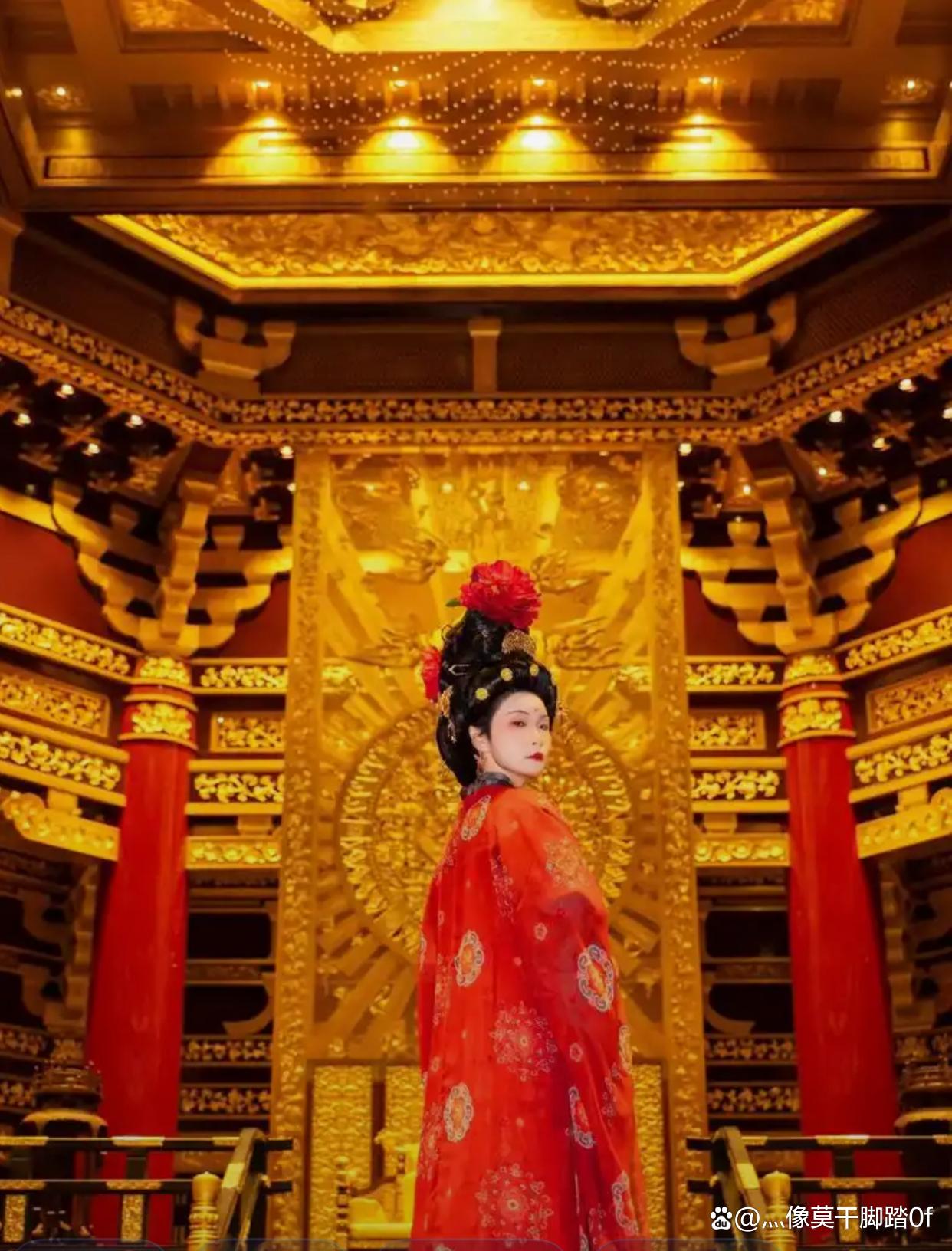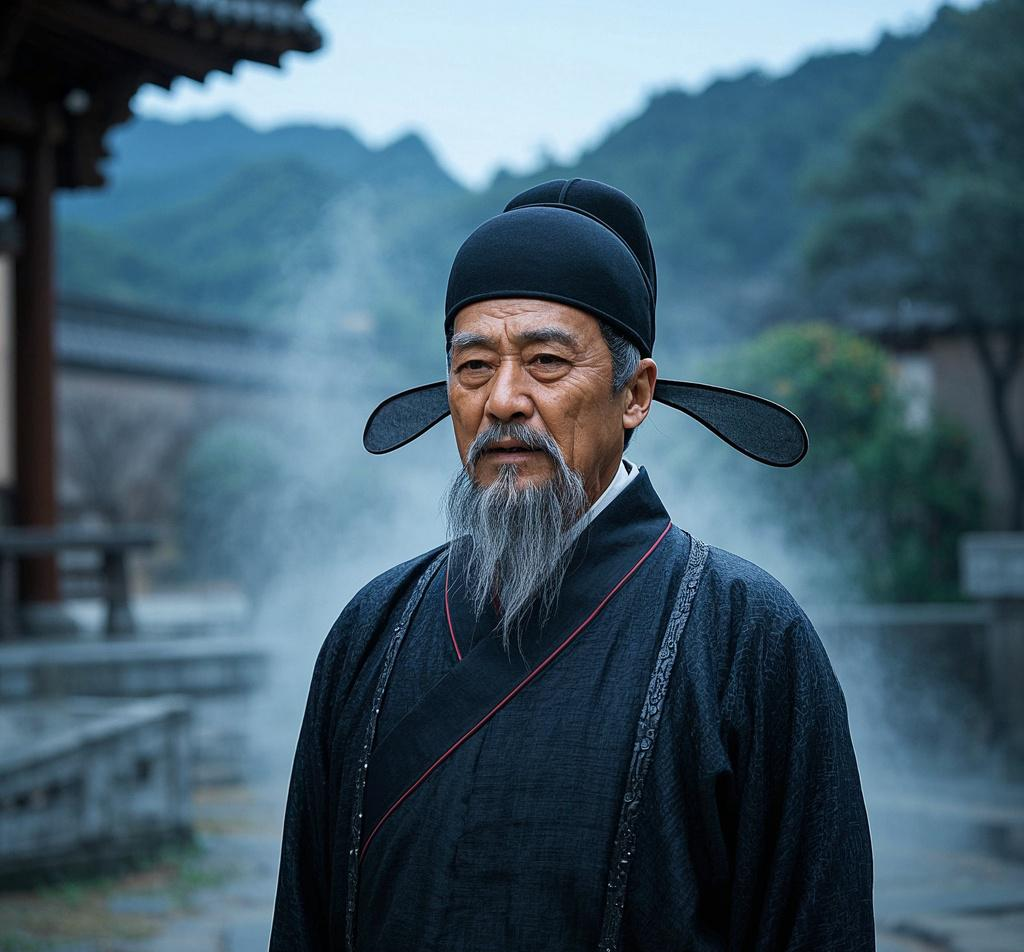The An Lushan Rebellion was a turning point for the decline of the Tang Dynasty, which lasted from the end of Emperor Xuanzong’s reign to the beginning of his reign. This rebellion led to a sharp decline in the population of the Tang Dynasty and a severe weakening of its national strength. In fact, the Tang Dynasty had the ability to suppress the An Lushan Rebellion earlier, especially after the death of An Lushan. Today, the history encyclopedia editor will bring you a detailed introduction.
In the 14th year of Tianbao, An Lushan rebelled from Fanyang and led 150000 infantry and cavalry southward. Due to the Tang Dynasty’s prolonged retreat from the battlefield, Hebei surrendered and the rebels captured Luoyang. An Lushan was known as the Great Yan Empire, while at this time Yan Zhenqing declared allegiance to the Tang Dynasty in Hebei, and most of the provinces and counties in Hebei returned to the Tang Dynasty. Li Guangbi and Guo Ziyi led the Shuofang army to directly capture the rebel stronghold of Fanyang, while Ge Shuhan was stationed at Tongguan. It can be said that the situation of suppressing the rebellion is excellent. However, he was buried by Emperor Xuanzong himself and was influenced by Yang Guozhong. Emperor Xuanzong ordered the stroke stricken Ge Shuhan to go to war, but he suffered a great defeat and lost Tongguan. The rebels entered Chang’an.
After Emperor Xuanzong of Tang entered Shu, Crown Prince Li Heng succeeded to the throne in Lingwu and saw the Shuofang army of Li Guangbi and Guo Ziyi, which gave him a slight feeling of being an emperor. Not long after, Tang Suzong began to recapture the two capitals, but he did not trust Li Guangbi and Guo Ziyi. He sent Prime Minister Fang Cong and suffered a loss of 40000 Tang soldiers in World War I. Tang Suzong had no choice but to use military commanders in battle. Not long after, An Lushan, due to excessive obesity, was covered in lumps of poisonous sores all over his body and completely blind in both eyes. He was assassinated by his son, Li Zhu’er, sent by An Qingxu.
In the third year of the An Lushan Rebellion, Guo Ziyi, Li Siye, Pugu Huai’en, and others led their armies to conquer the two capitals. The second in command of the rebel forces, Shi Siming, announced his surrender, creating another favorable situation. Tang Suzong gathered ten military governors and sent troops to besiege An Qingxu, with Prince Guangping Li Chu (Tang Emperor Li Yu) as the nominal commander-in-chief and Guo Ziyi as the deputy commander. But Tang Suzong was unhappy. In case Guangping King Li Chu also came to “inherit the throne with spirit and martial arts,” and Guo Ziyi made great achievements, the ten military governors would lose their marshal and deputy marshal. Tang Suzong sent eunuch Yu Chao’en to be responsible for contacting various armies.
As a result, Li Siye led his army to attack the city and died in battle. When Shi Siming saw that the Tang army was fighting independently and launching a surprise attack, the Tang army was caught off guard. Both sides retreated due to a sandstorm. During the retreat, rumors spread throughout the Tang army that Guo Ziyi and Li Guangbi had both been defeated, and the ten military governors claimed that the “600000” army was scattered. The more soldiers there were, the less likely they were to be defeated. After entering Ye City, Shi Siming killed An Qingxu and then left Ye City to his son Shi Chaoyi to return to Fanyang.
This defeat was borne by Guo Ziyi, and Tang Suzong appointed Li Guangbi as the deputy marshal of the national army. More than four months later, Shi Siming’s army launched a counterattack on Luoyang, but the generals refused to accept Li Guangbi. Li Guangbi abandoned the city of Luoyang and the Tang army dispersed and attacked the rebels. In the fifth year, Emperor Suzong of Tang ordered Li Guangbi to recapture Luoyang, and Pugu Huaien borrowed the Khitan army. The two of them were not humble to the overall commander of the Tang army. At this time, the rebels attacked and the Tang army was defeated again. Li Guangbi led his army to recapture the areas occupied by other rebels, but the progress was very slow, dragging on until both Shi Siming and Tang Suzong died.
In the seventh year of the An Lushan Rebellion, Li Guangbi led his army to suppress peasant uprisings in Jiangnan, first ensuring the supply of money and food for the Tang Dynasty. Shi Chaoyi contacted the Khagan of the Khitans, Mou Yu, and said, ‘The emperor has died, and the Tang Dynasty is in turmoil. You come to help me, the land belongs to me, and the wealth and beauty belong to you.’. Mou Yu Khan gathered a large army to attack the Tang Dynasty, and Emperor Tang quickly sent Pu Gu Huai’en to establish a relationship. Mou Yu Khan said:; Father in law, let me go with you to fight against Shi Chaoyi. After all, let me grab something to make a living.
With Pugu Huai’en serving as the commander-in-chief this time, the Tang Dynasty successfully recaptured Luoyang. Pugu Huaien felt that the suppression of the rebellion could not be delayed. Apart from other things, Khan Mouyu led the Khitan soldiers to rob things every day, and sooner or later, something big would happen. Pugu Huaien adopted the method of digging at the foot of the wall and recruited four capable subordinates of Shi Chaoyi, and Shi Chaoyi began to flee. In the eighth year of the An Lushan Rebellion, Pugu Huai’en led his army to pursue and kill Shi Chaoyi. Li Huaixian, who had just surrendered to the Tang Dynasty, caught up with Shi Chaoyi and committed suicide. This marked the end of the An Lushan Rebellion.
Throughout the eight years of the An Lushan Rebellion, Emperor Xuanzong of Tang killed Gao Xianzhi and Feng Changqing, and sent Ge Shuhan to battle, all of which were bad moves. As for Tang Suzong, he not only did not trust military commanders, but also did not trust his son. If Yang Guozhong did not force An Lushan to rebel, An Lushan would soon go blind, and perhaps there would be no An Lushan Rebellion!



